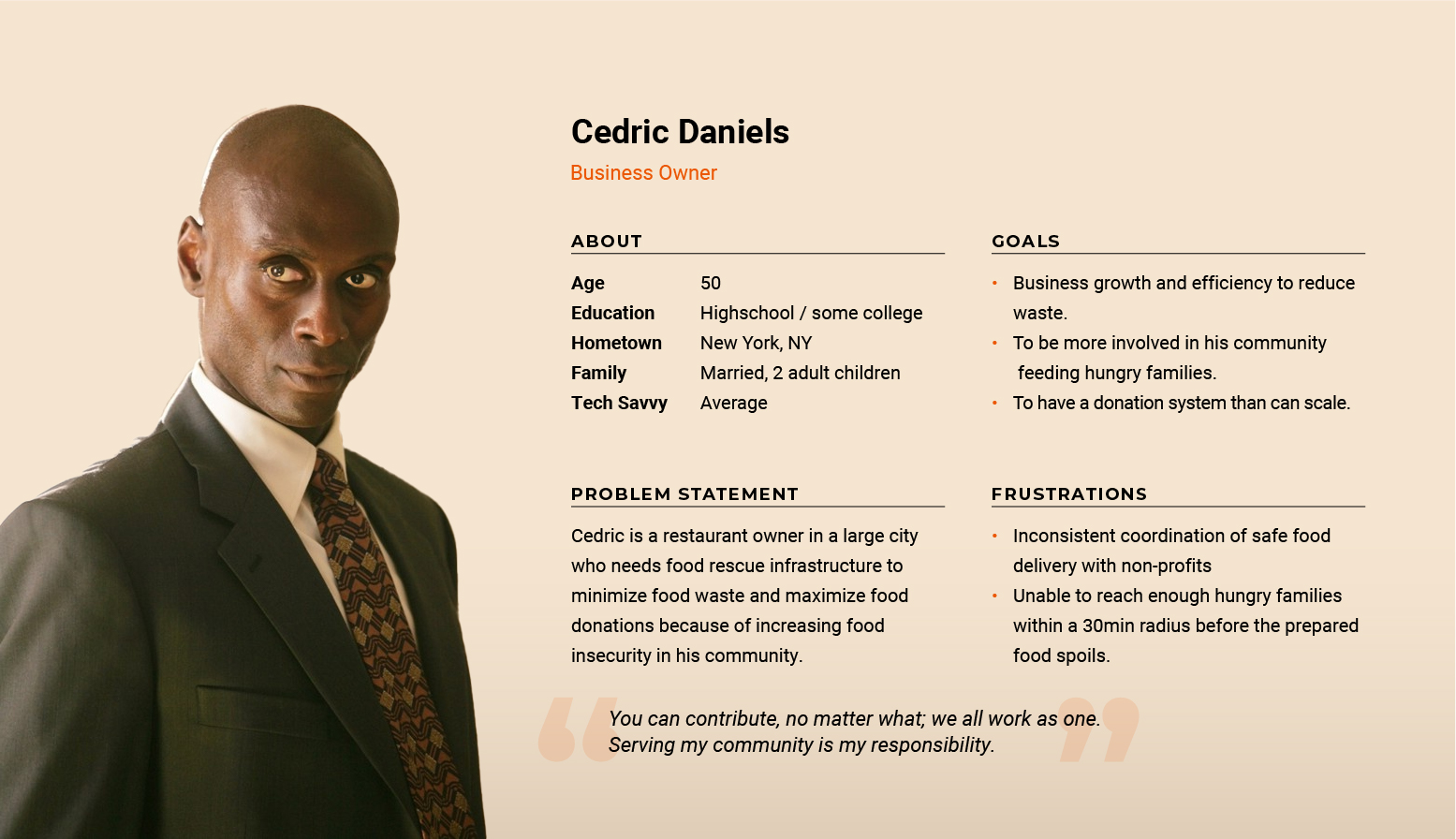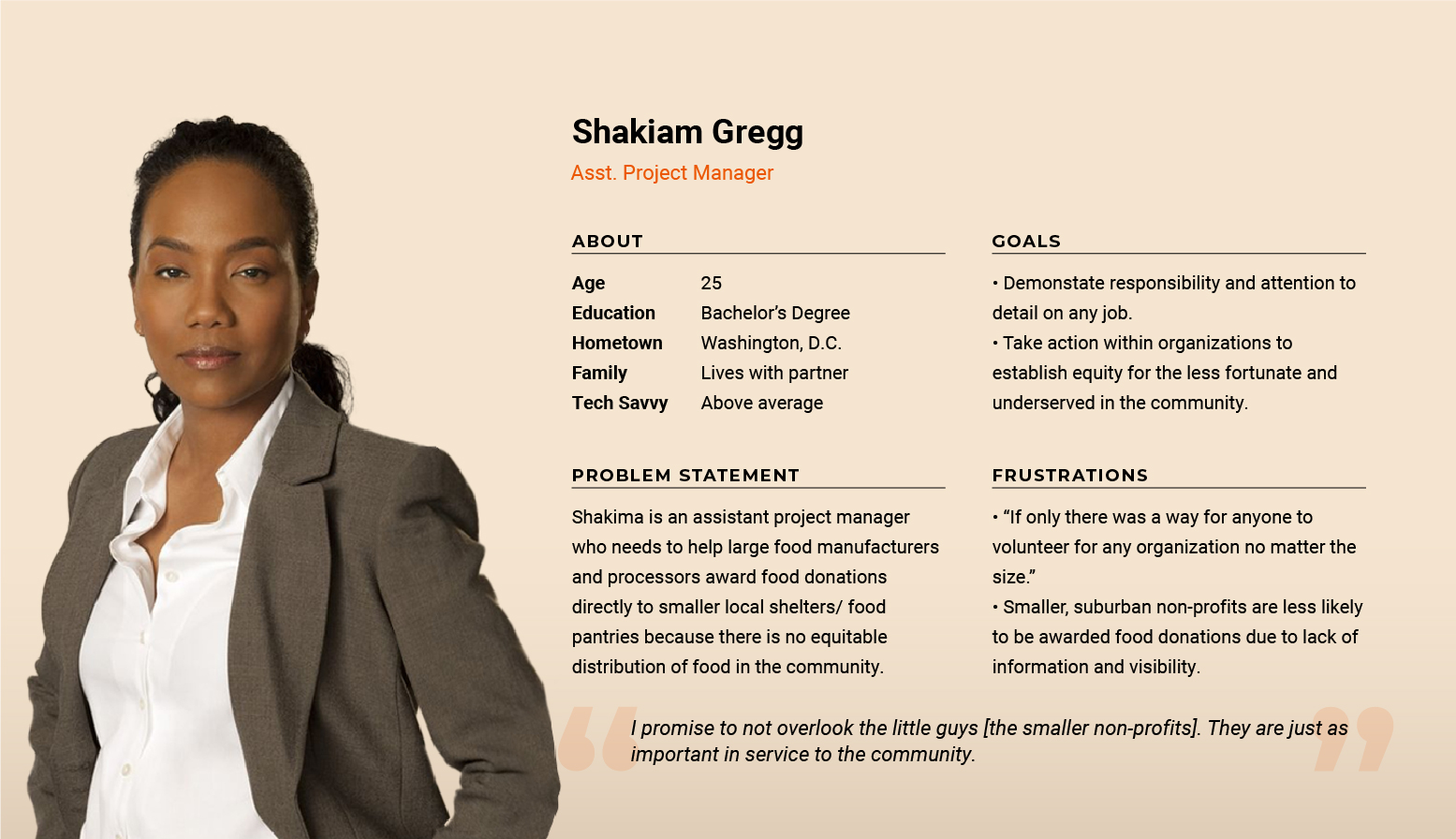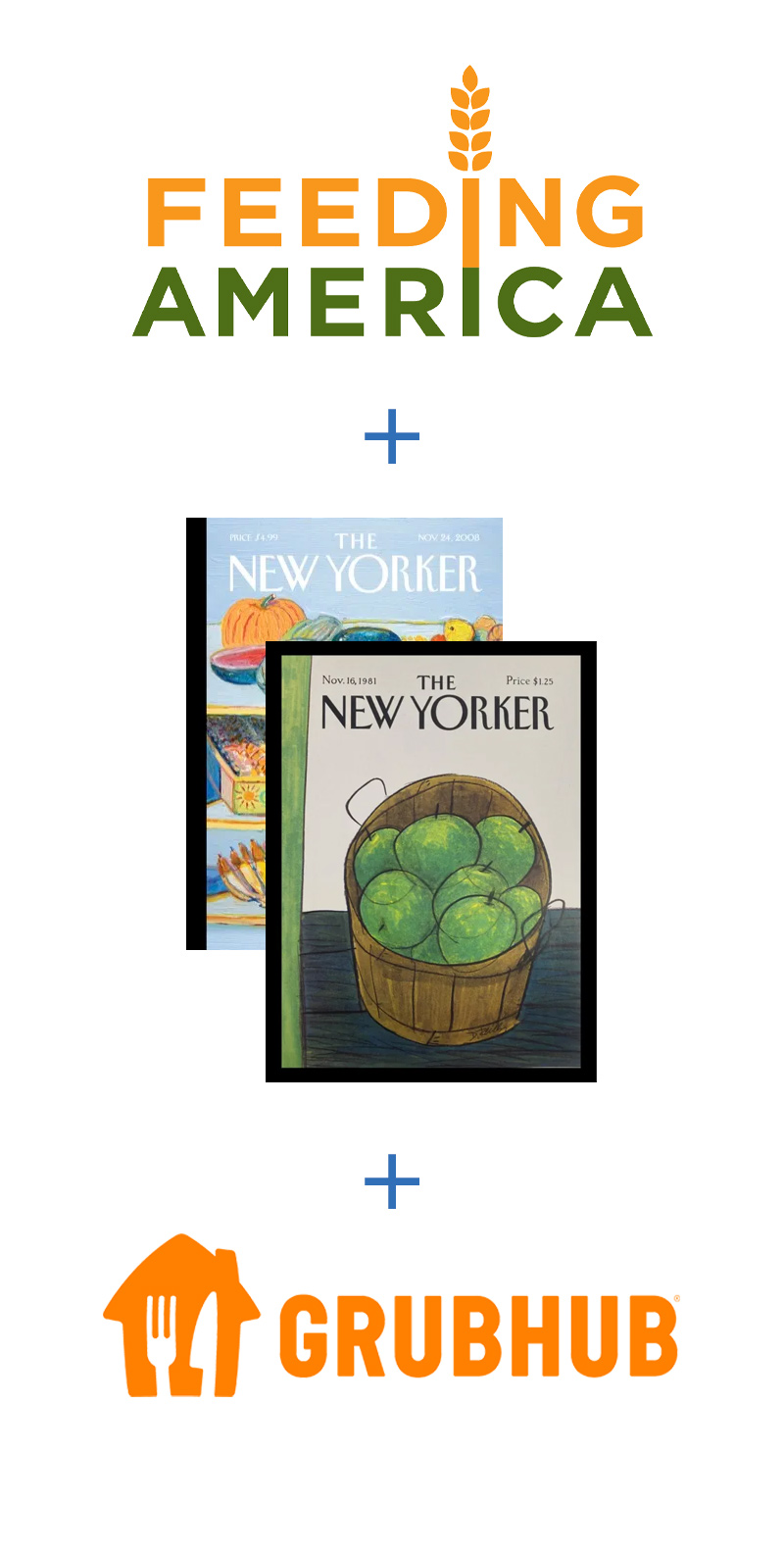FoodSavior
UX DESIGN / BRANDING
Case Study for a Food Rescue App
How could we facilitate the rescue and delivery of food to reduce waste and feed hungry individuals and families in densely populated American cities?
The following case study explores the research, design, and outcome of a platform that aims to offset hunger and maximize donation of food leftovers that would otherwise go to waste.
Role: UX Designer, Researcher
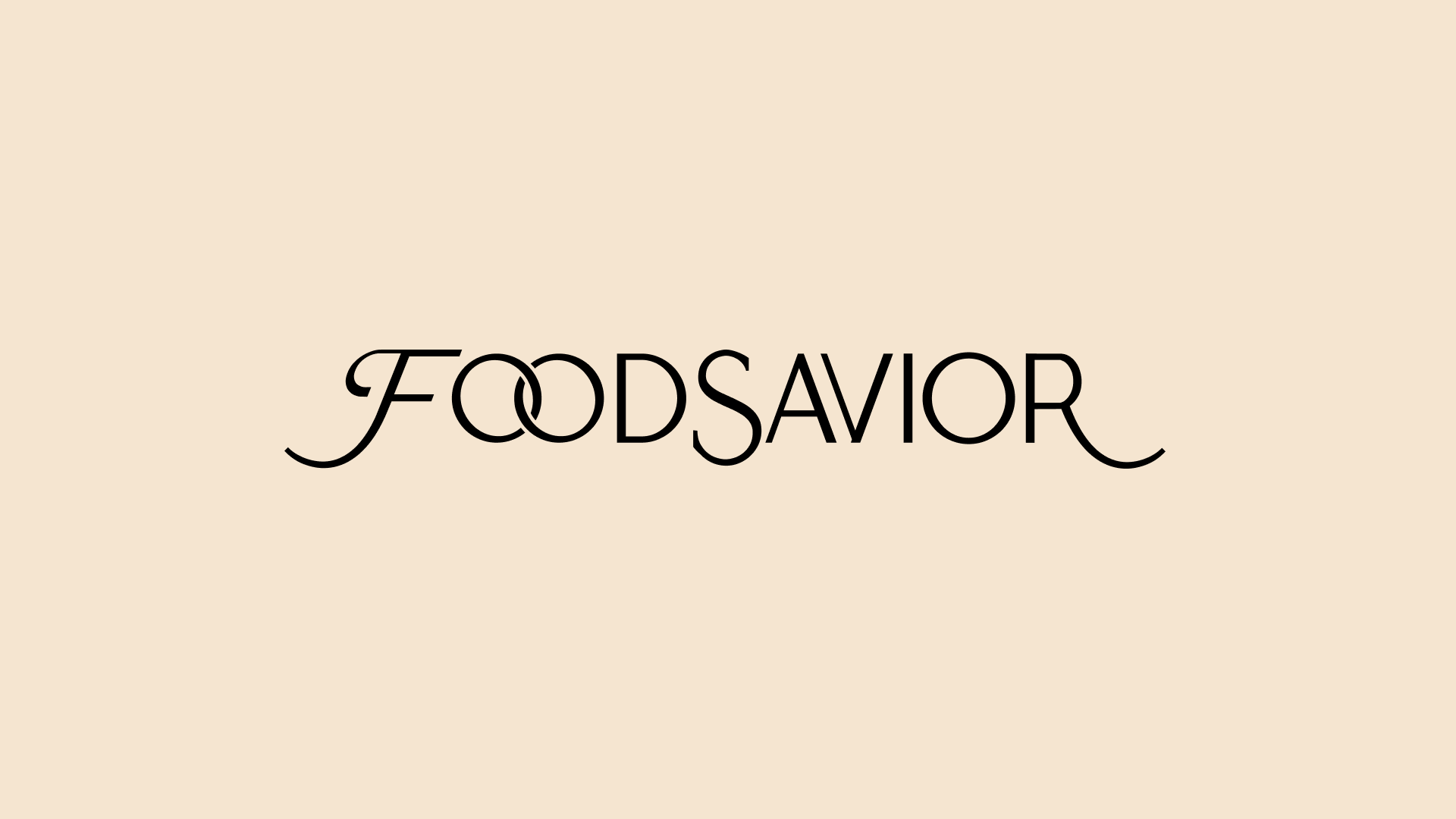
Overview 1
Problem
Widespread hunger and food waste in American cities with high poverty rates.
Goal
Develop an app that connects local nonprofits, and shelters with food retailers to maximize donation of food leftovers to hungry individuals and families.
Outcome
1. Demonstrate understanding of the research's value.
2. Identify and Facilitate the user experience of food rescue and delivery.
3. Explore and Generate a cohesive design of visuals that look inevitable.
4. Articulate on food insecurity in densely populated American cities.
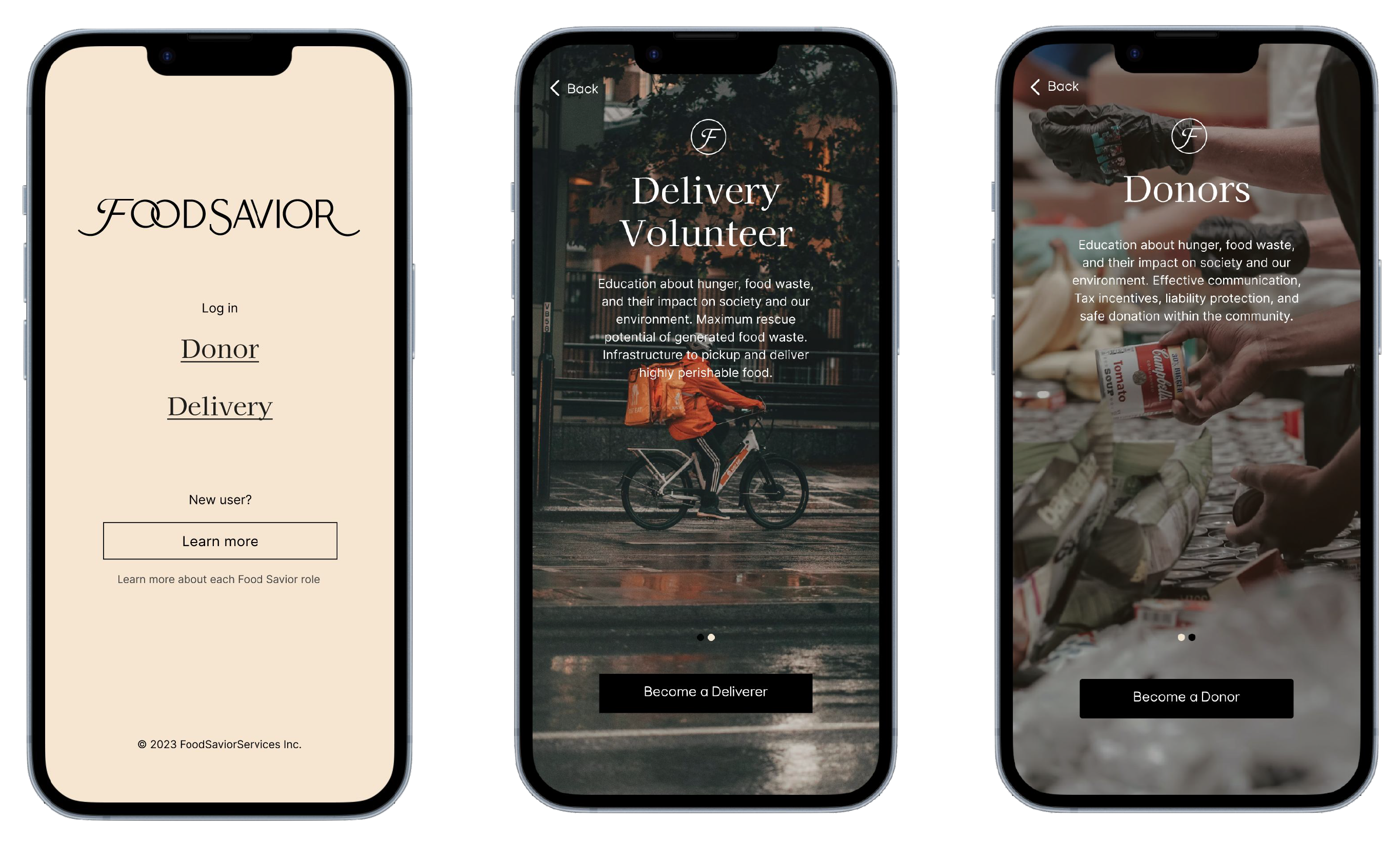
Research 2
Summary
I was inspired to develop an idea with a positive impact in my community by my mother, a true servant-leader for the less fortunate and founder of a non-profit organization that feeds the hungry among other services.
Prior to doing research I already had the assumption that food need and food waste are an ongoing widespread issue that challenges U.S. cities.
My assumptions were in range but the details were shocking.

The early days of the feeding ministry founded by my mother. (Staten Island, NY, USA)
With secondhand research of articles and reports from the City Harvest NYC, there is quantitative evidence suggesting that in fact over 1.5 million New Yorkers struggle to feed themselves and family. [1] According to the Natural Resources Defense Council (NRDC) most food waste comes from Manufacturers/Processors and Restaurants/Caterers. [2]
It was revealed that the greatest barriers to food donation are logistics and communication.
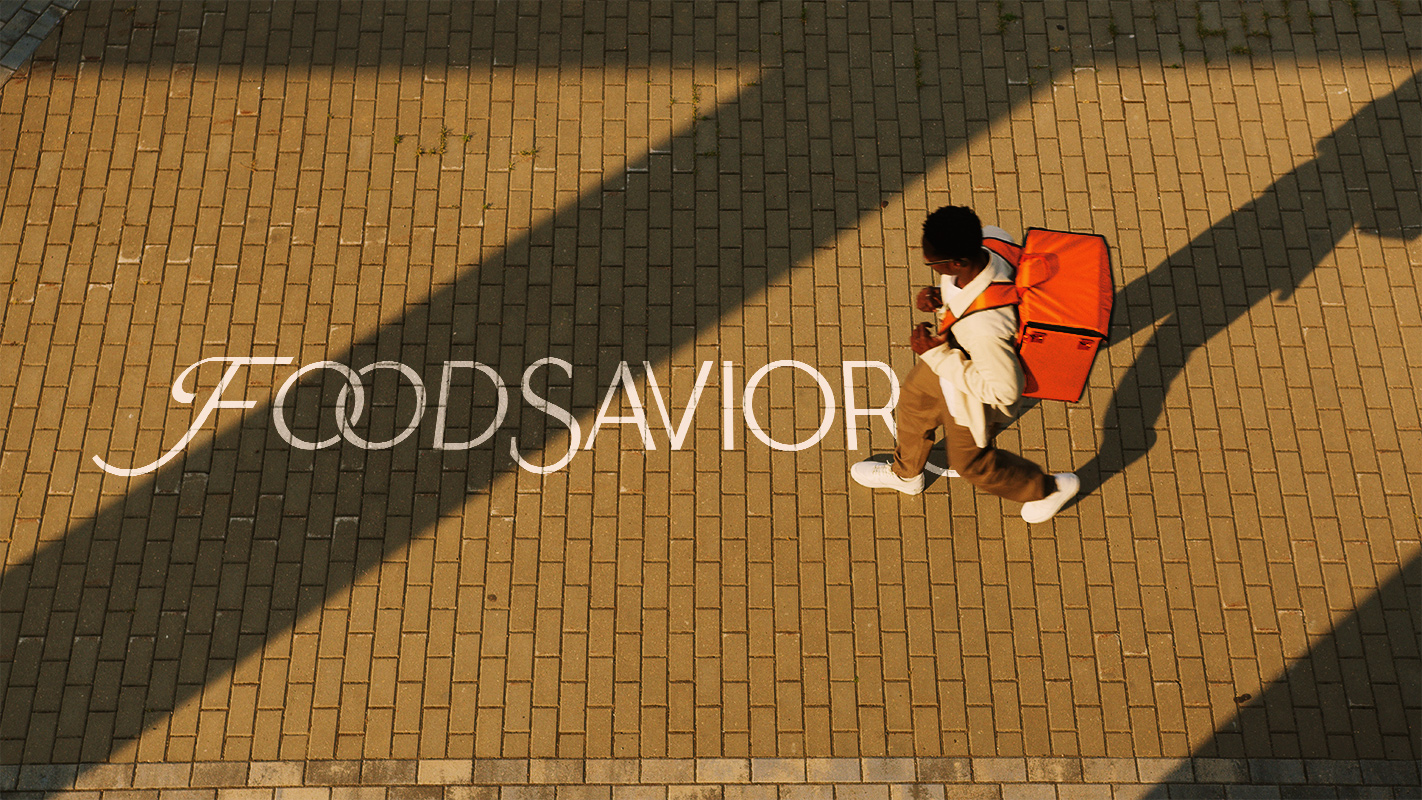
USER Research 3
Issues and Pain Points
The following are areas that businesses may find issues when it comes participating with food donation.

Donation & Delivery Logistics
Donation and delivery of prepared foods can be very challenging without proper logistics. A well designed system could allow for more types of food to be tracked and delivered before they perish.
Miscommunication Between Departments
Communication between departments in a business, volunteers, and non-profit organizations are not always consistent clear or centralized. Direct messaging and a forum can work all-in-one with the new delivery system.
Attracting Volunteers
Delivering highly perishable foods requires more staff than the average food-rescue organization. Attracting and keeping volunteers through valuable incentives via brand partnerships.
Donor Education
Many businesses are hesitant to donate food because of misconceptions about tax incentives, liability protection and safe donation. Education on the subject is the initiative.
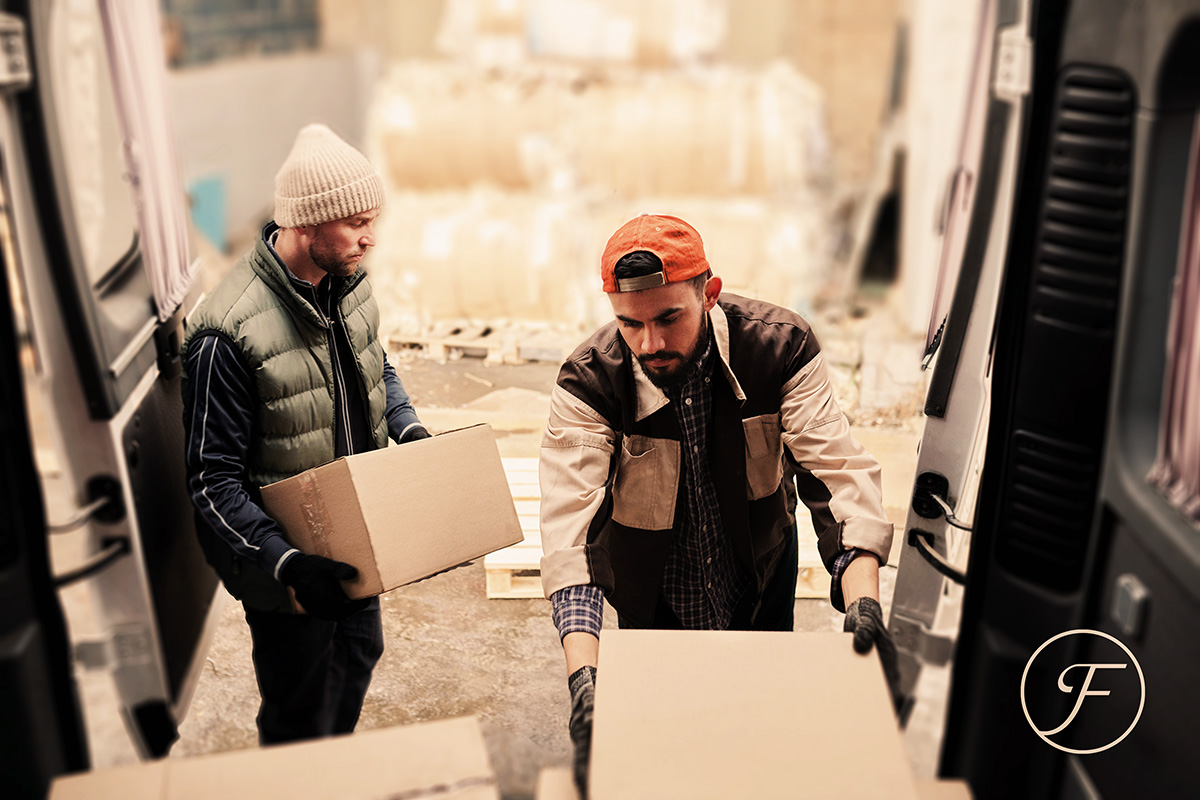
Personas 4
Concept 5
High Level Concept
The general idea of FoodSavior
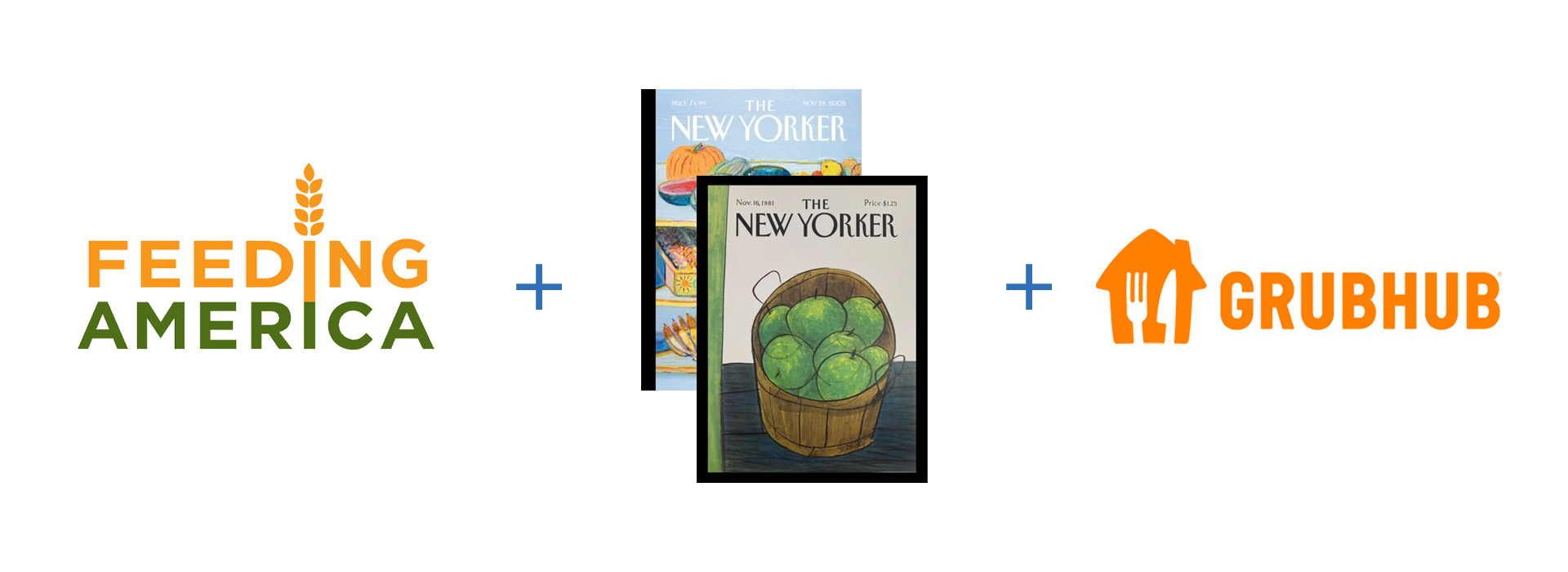
Moodboard | Low Level Concept
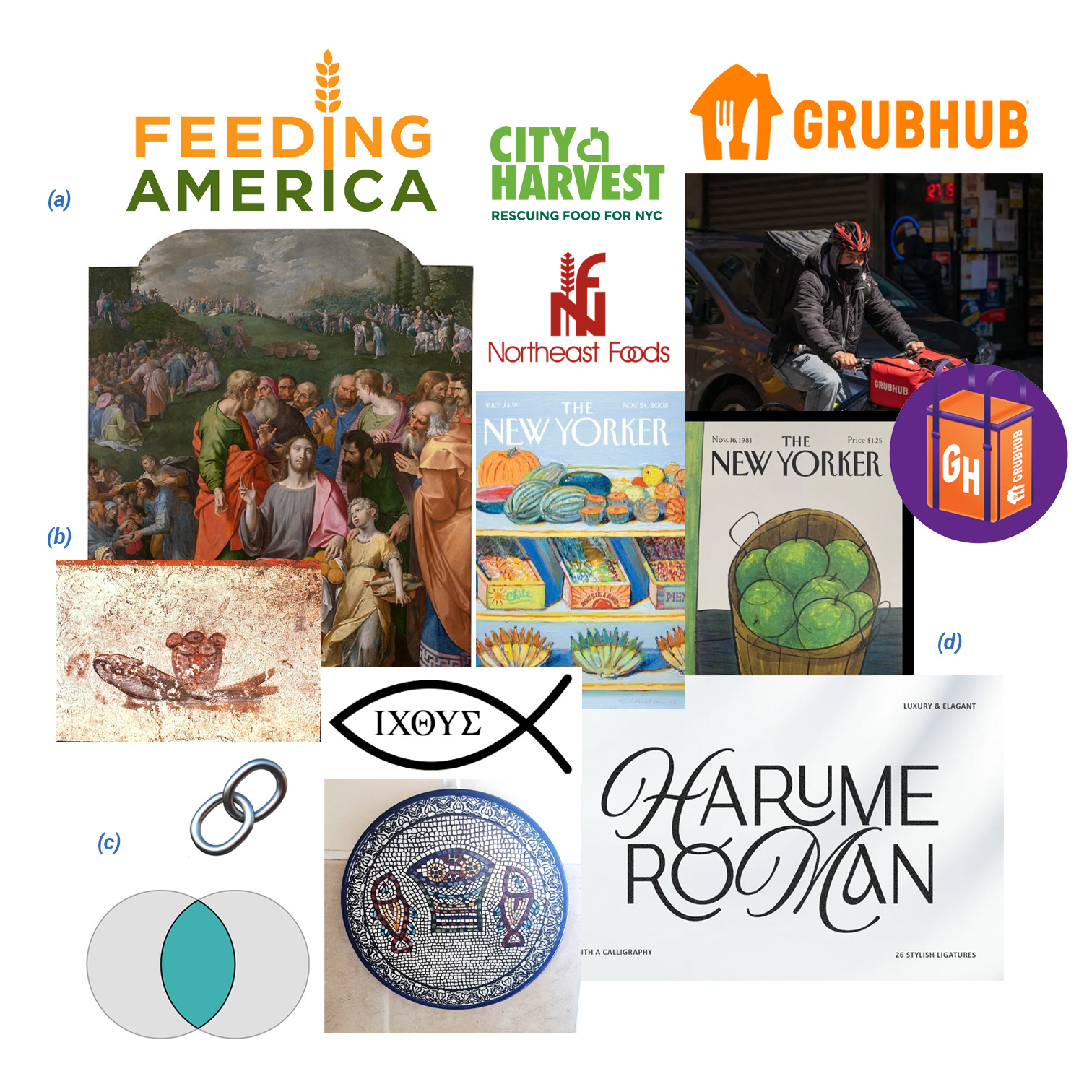
(a) What if you combine a food delivery company like Grubhub with a food donation and rescue organization like Feeding America or City Harvest for a charitable cause?
(b) Feeding the Multitude. Artwork depicting the miracle of Jesus and his disciples feeding the 5000 people with two fish and five loaves of bread.
(c) Themes of togetherness and support. The "Vesica Piscis" or fish bladder in latin is visually represented by the inner shape of two interlocking circles. The "Ichthys", casually called Jesus fish is the outline of the vesica piscis and a tail from short follow-through strokes of the original circles. This became a symbol for followers of Jesus Christ as early as the 1st and 2nd century AD.
(d) The New Yorker, an American magazine with cosmopolitan sophistication that features journalism, short stories, criticism, politics, social issues, art, humor and culture inspires the eclectic array of uses and food categories of our food rescue delivery platform.
Design I 6
Digital Wireframes
Low-Fidelity Prototype
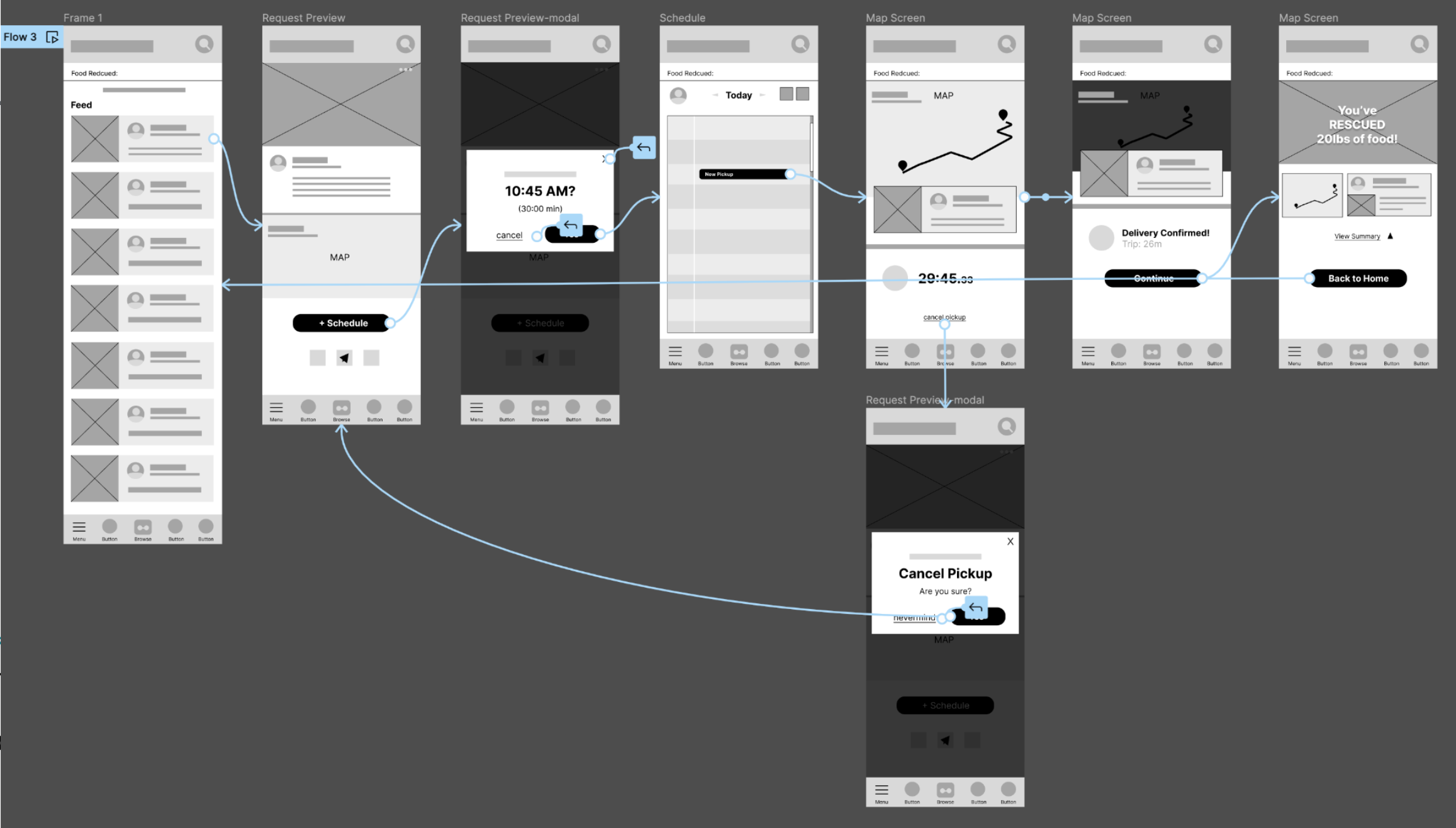
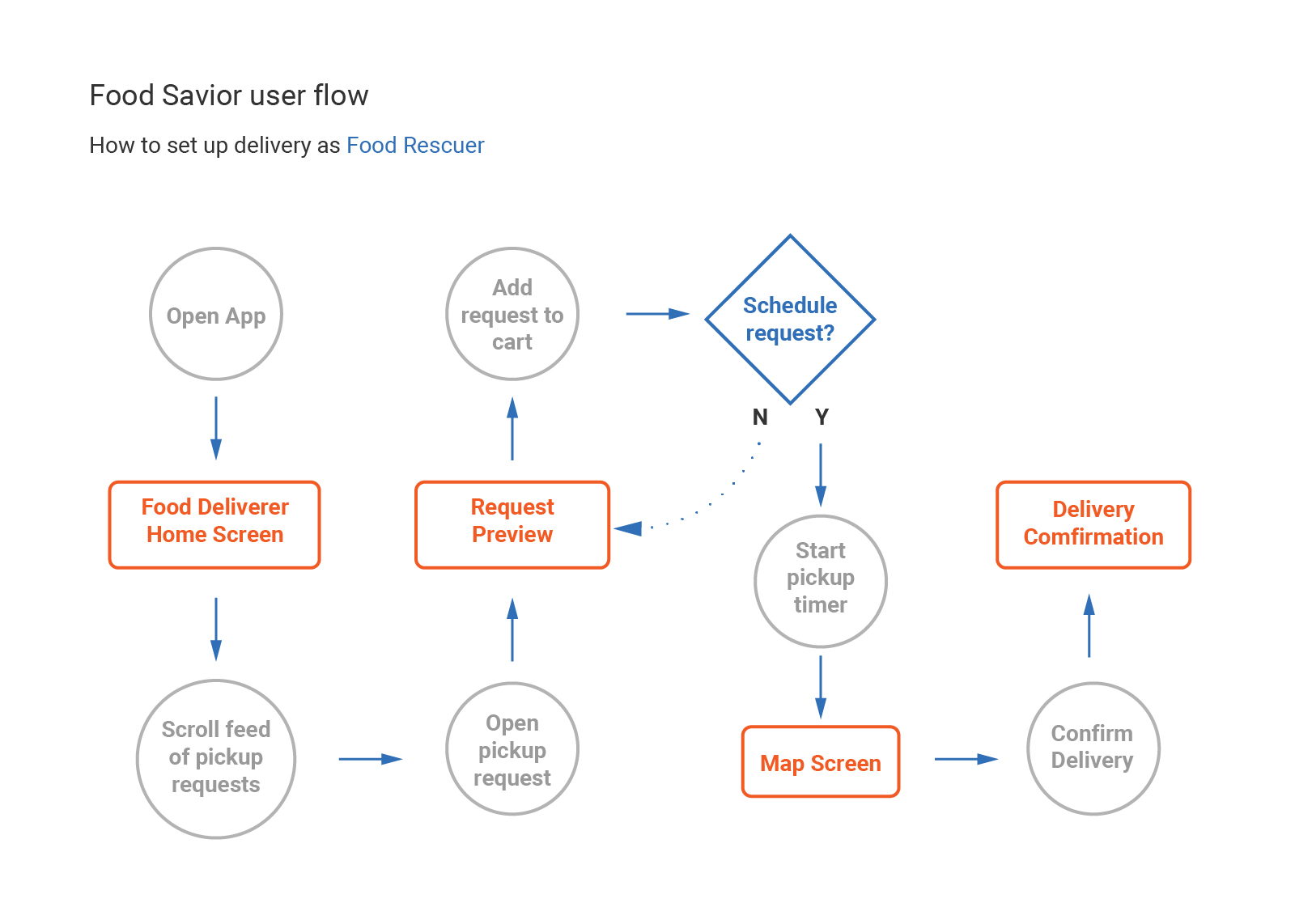
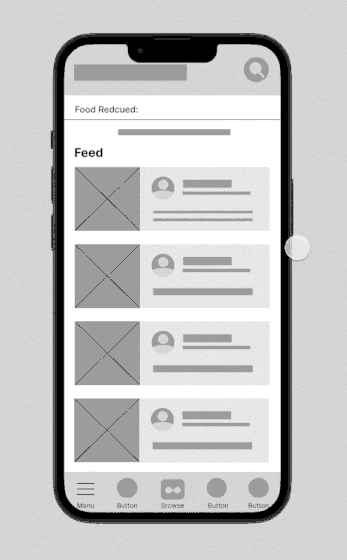
Mid-Fi Prototype

Usability Study
I conducted a remote unmoderated usability study with 5 participants to perform tasks on the low-fidelity prototype to reach this next iteration.
Here's what I found:
Brand new users want enough information shown to understand each role for app.
Thumbs up badges, likes, and reviews are a few features that help validate donors and volunteers.
Most participants want to view their stats or have it translated.
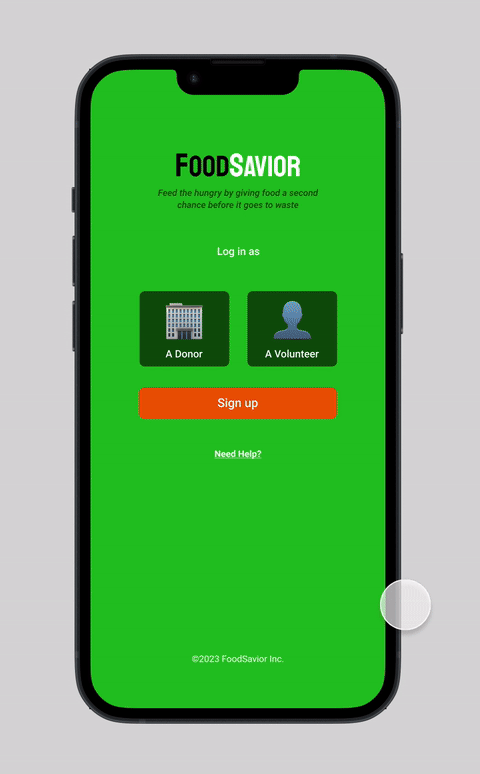
Design II 7
Identity
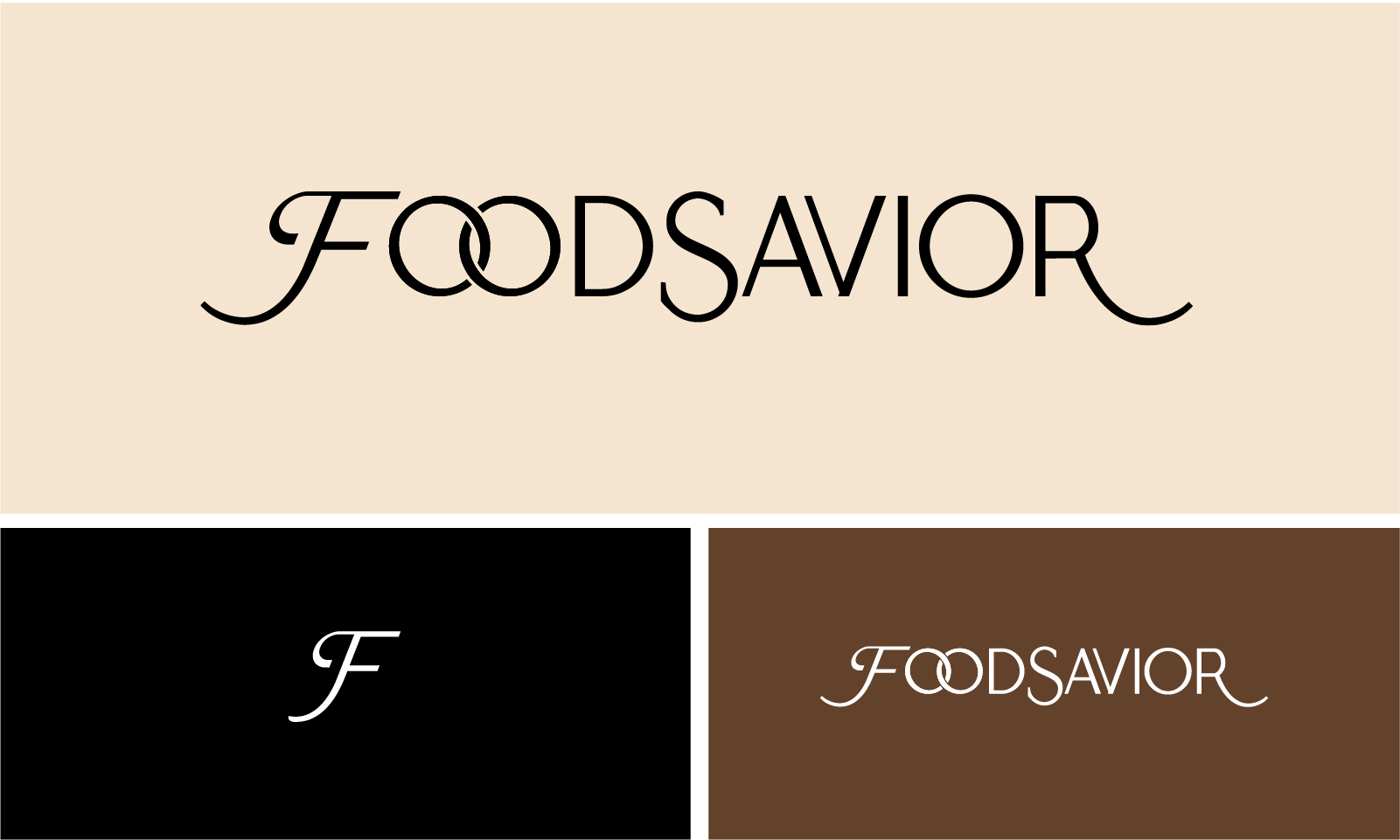
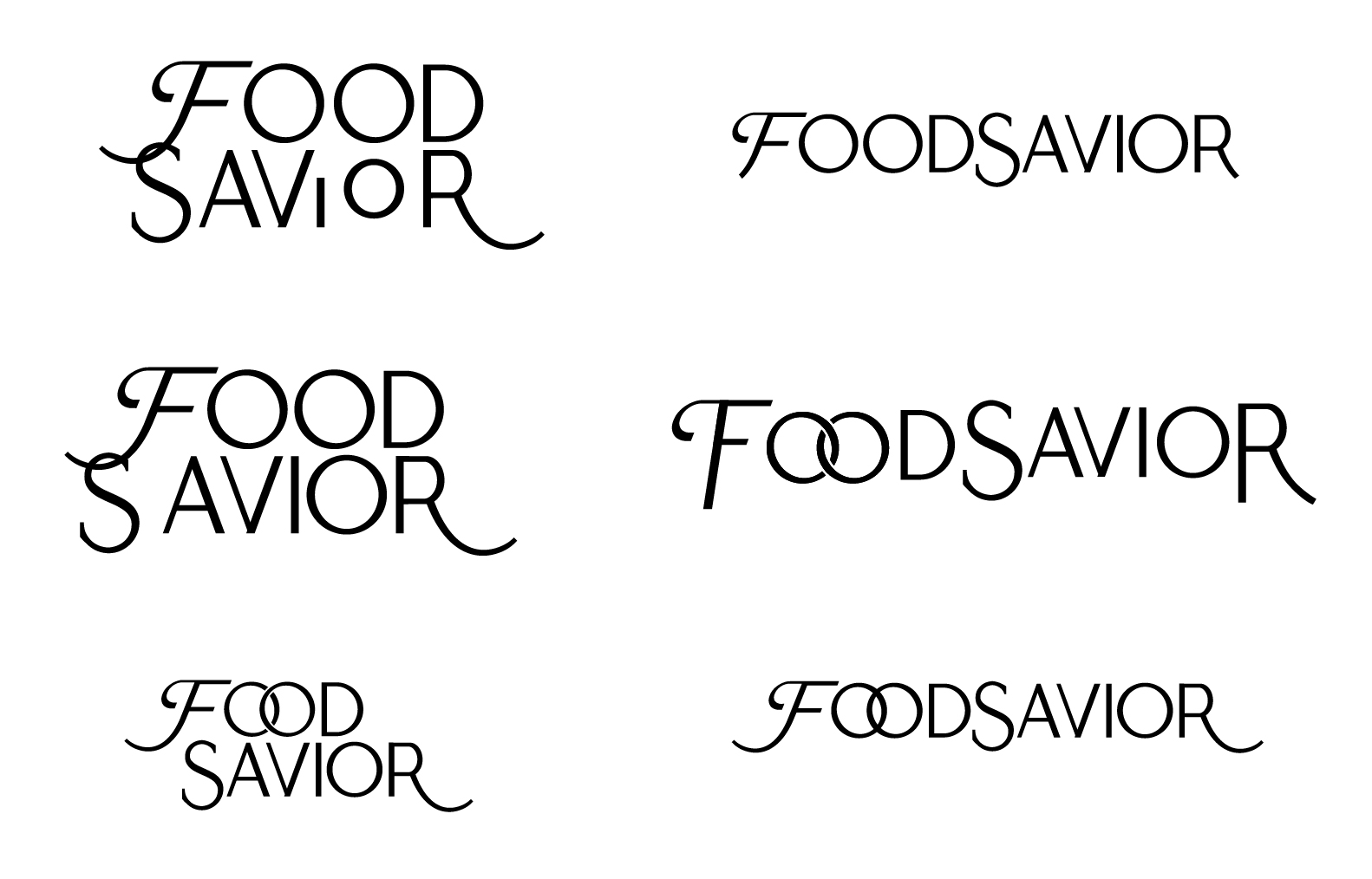
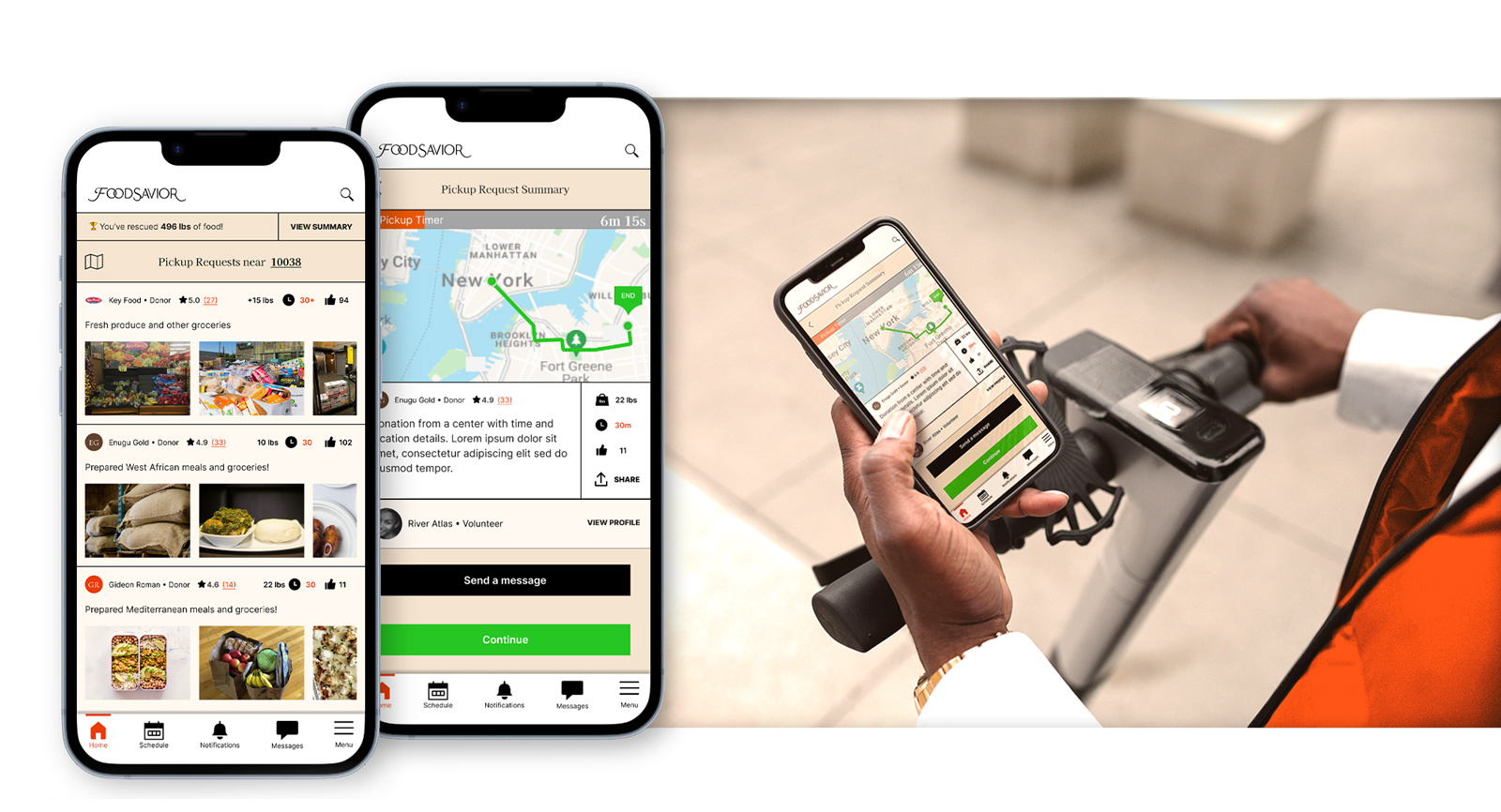
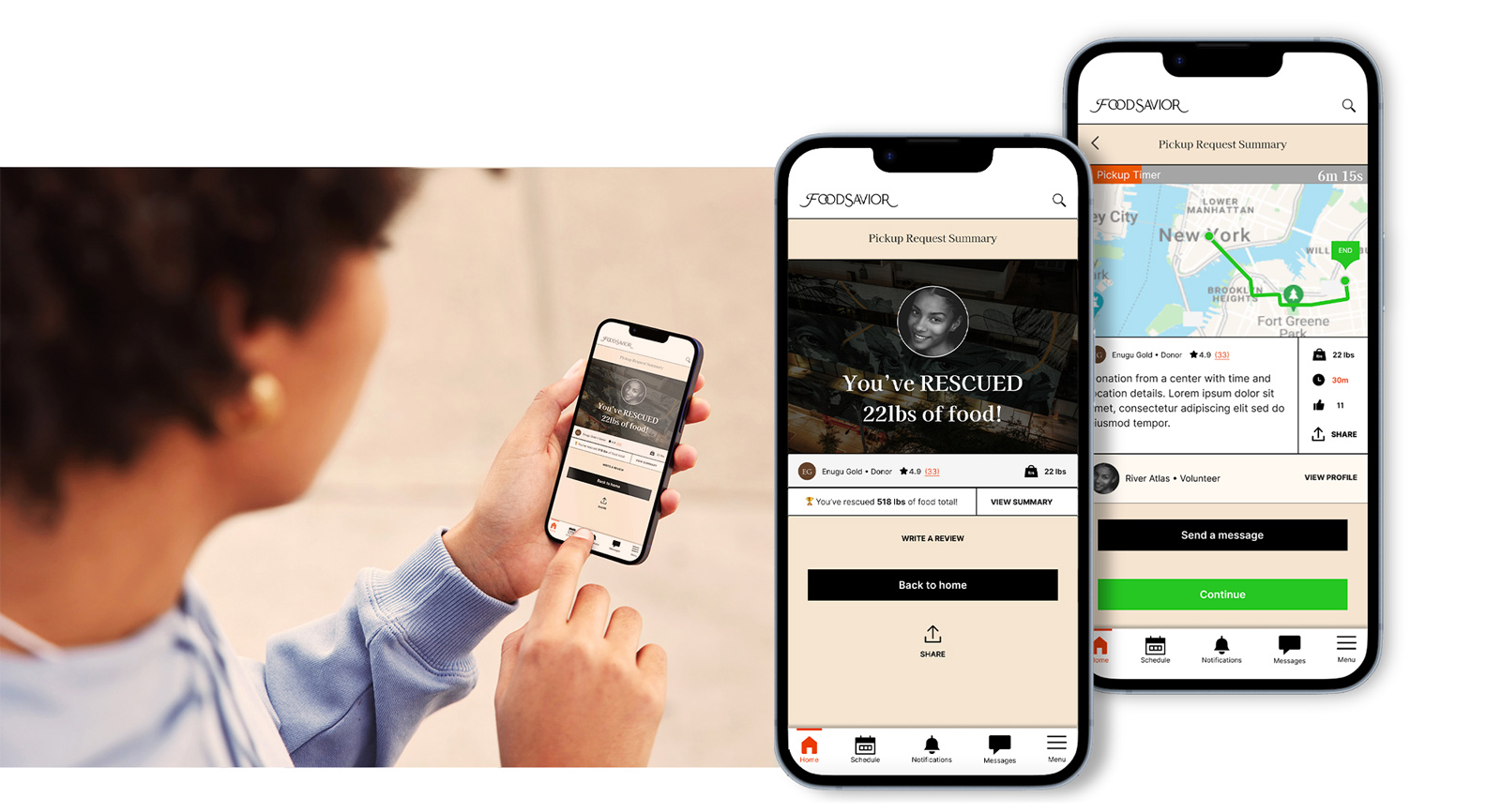

High-Fidelity Prototype
KEY TAKEAWAYS 8
What I learned
A lot... In, short, I re-learned how to properly research, how to gather information, how to interview people, how to implement designs, and better present ideas in a clear way.
Next Steps
I conducted a remote unmoderated usability study with 5 participants to perform tasks on the low-fidelity prototype to reach this next iteration.
Here's what I found:

